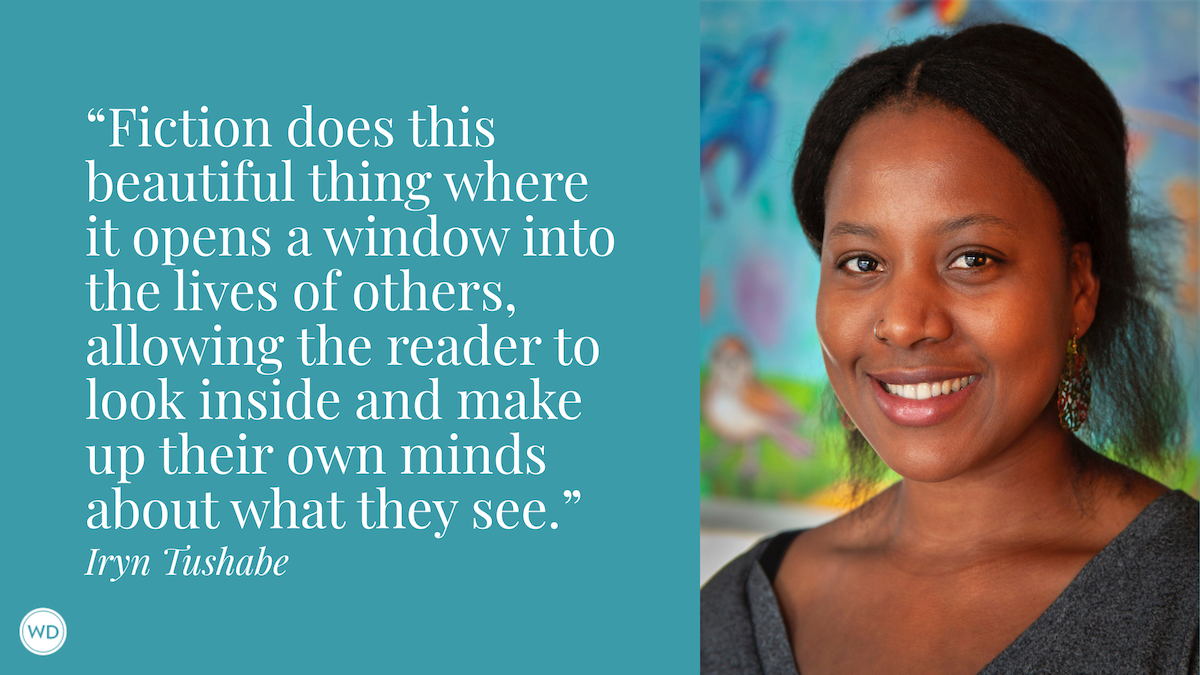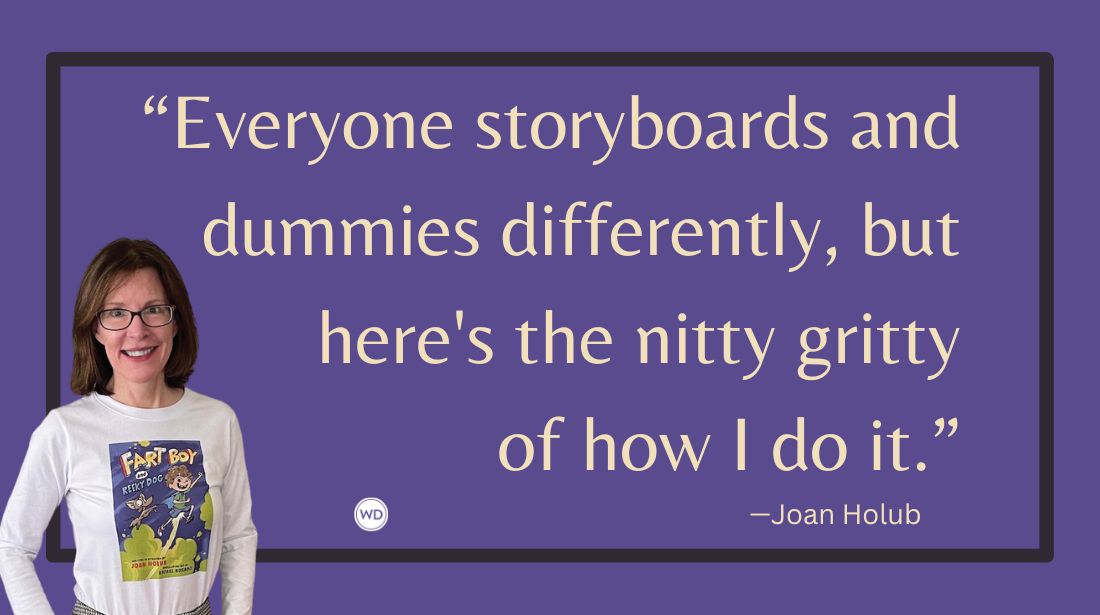How to Mine the Facets of Premise for Story Gold
In this article from the March 2020 issue of Writer’s Digest, Larry Brooks explains the 8 facets that make up the premise of a winning story.
In a business in which irony is a useful tool, it is perhaps unsettling to realize that the term premise—unarguably one of the fundamental elements of storytelling—is so frequently misunderstood and misused within the universal writing conversation. It is often contextually abused by authors, agents, and even editors and reviewers, who refer to everything from story ideas to theme to plot slugline—even character arc—as premise, when in fact they are referring to those subsets specifically. None of which actually is, when regarded alone, an actual premise at all.
This imprecision is fine if writing conference conversations and online forums were all that matter. But when it absolutely does matter—as part of a pitch, in a query letter, and especially in the quiet of our writing space when we are alone with the blank page—we benefit greatly when we are more fully enlightened. The goal is to become proficient practitioners of premise, which by definition demands that we understand what the term fully asks of us at an advanced level. The lack of a fully informed premise resides at the heart of most under-performing stories and the rejections they elicit, just as a compelling rendering of premise is what fuels stories that end up becoming bestsellers and beloved word-of-mouth titles.
The most important aspect of story development within any process is the art of evolving our story ideas and themes into fully functioning, compelling dramatic premises. Instinct may ultimately get you there, but a clear checklist will make it happen more consistently.
It Is Easy to Fall into a Trap of Our Own Making
The trap snaps shut when your story idea, and the first visions of a story stemming from it, end up being all that makes it to the page. For example, when someone says their premise is “a story about two sisters growing up in rural Iowa during the Depression,” a long list of potential scenes and episodes immediately comes to mind. But until that vision coalesces into a central dramatic arc, flanked on either side with a compelling setup and a satisfying resolution to the driving hero’s need and resultant quest, in the presence of significant stakes and dramatic pressure emanating from an antagonistic source, the story remains at risk of leaving much of the originating idea’s promise on the table, unseized and unattended.
Experienced authors instinctually apply the criteria for premise to begin either planning or drafting, or both, using specific ideas or targeted goals as a lane for the emerging draft. With an awareness of the criteria for premise, the draft becomes a value-adding process rather than a continuing search for the core story itself, which is where so many new authors ending up settling for too little, too soon in the process.
There Are Eight Specific Facets That Comprise a Complete Premise
Certainly there are more beats and nuances to a complete story, but it isn’t functionally complete—and likely, not competitive in the marketplace—until these eight facets are in place. A complete premise is the integration of character and dramatic tension, within the proposition of a dramatic story arc, which is what the eight points of premise seek to achieve.
It is likely that your original story idea is attached to one of these eight criteria. If organic story development is your process—discovering the larger story as you move deeper into your drafts—the criteria are no different for you than for an ardent story planner or outliner who nails them down prior to drafting. At the end of the day, the reader won’t know or care about your process, only the means and efficacy with which you’ve engineered these criteria into your narrative.
Either way, this is what you need to envision before the story will work:
Premise criteria #1: We meet the protagonist (hero), whom, after being introduced to the reader within a forthcoming story framework (setting, culture, etc.), we will root for on a specific quest in pursuit of a goal. While the protagonist may be embroiled in a problem when we meet her, that problem isn’t fully the core story proposition that will become the narrative spine of the novel’s exposition. Something new and bigger awaits right around the corner, after we’ve come to know and care about this character.
Premise criteria #2: Something happens that changes everything. This critical moment launches the core dramatic arc of the story—it could be argued that this is the most important moment in the novel—giving your hero a problem to solve along a path of response. It’s called the first plot point, as well as other nomenclature within the writing conversation. But whatever you call it, it is a non-negotiable story beat that is best placed with specificity within an awareness of structure.
Premise criteria #3: The hero is compelled to respond to and engage with that problem or need—often running from a threat toward safety, or at least seeking more information—thus fully launching the hero’s story journey, going deeper into its dramatic darkness.
Premise criteria #4: There are stakes in play, put in place in the prior set-up scenes, which pose an urgent win-or-lose pressure and threat.
Premise criteria #5: Something opposes the hero on this quest (a villain or force), creating conflict and dramatic tension. This, too, was likely glimpsed in the opening scenes via foreshadowing, but now functions as the source of drama and conflict within the story, both of which are essential criteria for efficacy.
Premise criteria #6: The story escalates and twists, as do the stakes and the level of intensity, frustration, need, threat, and urgency on both sides. (This simple bullet embraces the entire complexity of the story’s ultimate structure.)
Premise criteria #7: The hero’s state of play elevates as contextually defined by structural flow, leading to a final confrontation that pays off everything the reader has been asked to consider and root for thus far.
Premise criteria #8: The story is resolved, primarily at the hero’s hands, moving the character back into her life, perhaps in an altered form, or not, which could involve dealing with the consequences of the story just told, because things may be different now.
If you are writing a series, take note: All of these criteria apply to each book in your series, including the resolution of the core dramatic arc. You also need a macro-arc for the series strategy, which leverages the ending of each book as a means to propel the reader forward to the next novel.
When Process Is the Problem
An understanding of premise at a deeper level is the empowering force within any writing process. Too many authors begin writing an incomplete story, often unwittingly, because they don’t know what constitutes wholeness, while at the same time rationalizing that this is how it’s done. Too many of those writers end up not actually finishing the draft, at least to the point of intended and necessary efficacy. Without the long game of the story being somewhat clear, writers are tempted to settle for a first-choice option for a given scene or story point. Or they move organically from scene to scene in a way that made total sense at the time, some of which could be improved upon, or some of which you might be stuck with unless you’re willing to rewrite the whole thing.
That difference—optimal versus settling for the first or most obvious solution—is the stuff bestsellers are made of. And when it happens, premise is the reason why. WD
Part of this article has been culled from Larry Brooks’s new writing book, Great Stories Don’t Write Themselves: Criteria-Driven Strategies for More Effective Fiction, published in October 2019 by WD Books.
Snag your copy of Great Stories Don't Write Themselves, which has won two awards: A 2020 International Book Award for Best Business (Writing/Publishing) and a 2020 Next Generation Indie Book Award for best writing/publishing.








